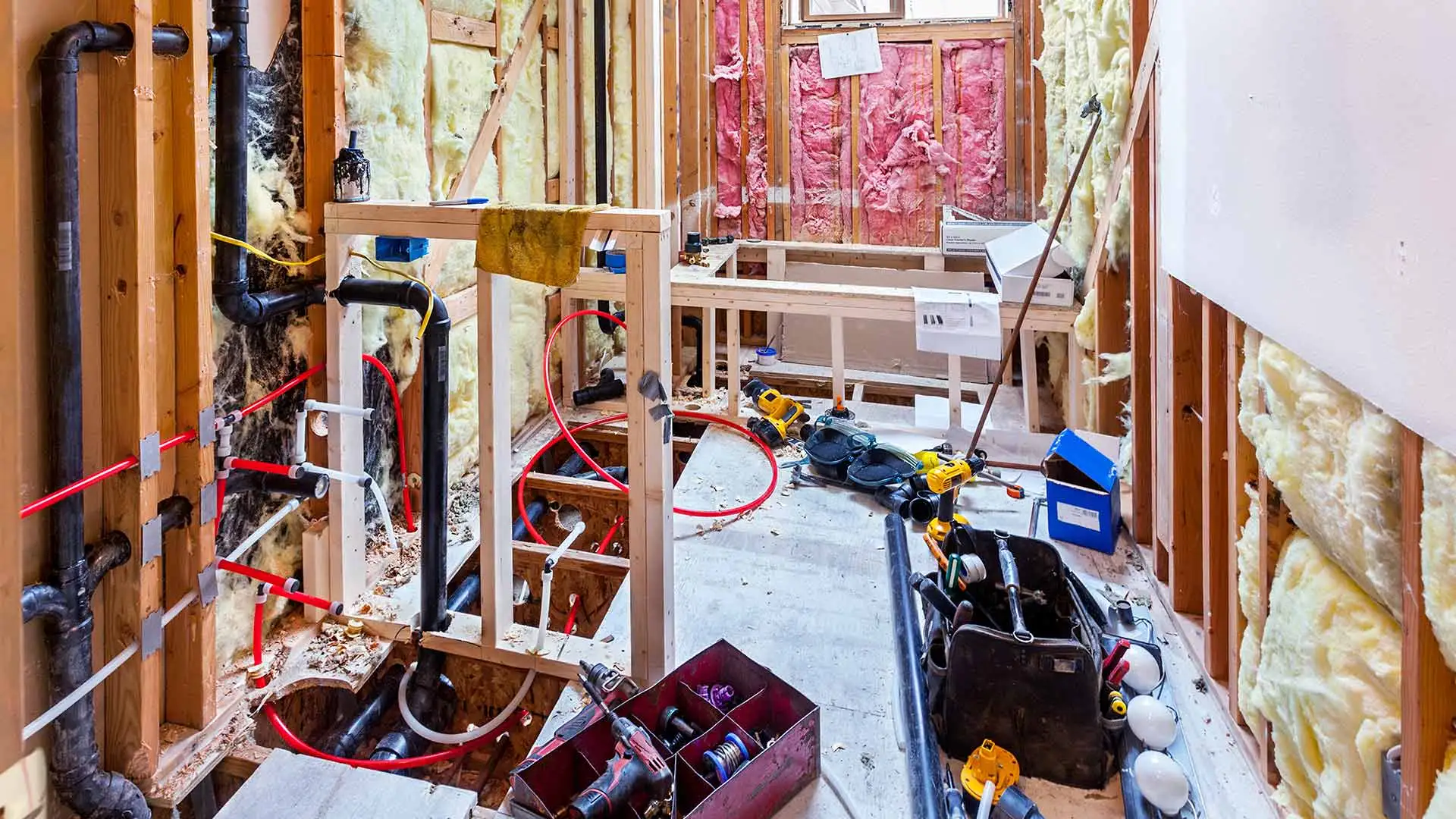Repiping an entire home should be done by trained professionals. Depending on the size of your home, this task can take anywhere from three to seven days to do the entire job. Your home may need repiping for a number of reasons:
- You bought a fixer-upper.
- The house is over 50 years old.
- You have pipes that keep bursting.
- There is dripping or running water inside your walls.
Anyone of these issues can point towards the need for repiping in your home. There are considerations homeowners should make if their previous piping is out-dated or damaged.
The Benefits of RePiping
Pipes have a lifespan of about 25 to 80 years. Even if your pipes are not nearing the end of their lifespan to have the pipes replaced, there are a number of benefits on why you may want to anyway.
One example is, if you sell your home, you can increase the value of the home and the selling price by advertising new whole-house plumbing. This is a great asset to a potential buyer because they know they will not have to worry about plumbing issues.
Other benefits include reduced water bills, increased water pressure, solved plumbing issues, and better quality drinking water.
The Repiping Process
The length of your project depends on the size of your home, the number of water lines, and the type of materials already installed. The average repiping project takes roughly 3 to 7 days, while some smaller homes can take only a day or two. We will be able to give you an idea when we come to assess your home.
The actual repiping process is straightforward:
- All water lines are shut down and drained.
- The furniture and floors are covered with drop cloths, tarps, or other materials to protect them during the pipe installation.
- Cuts are made into the drywall where the pipes are run. This is necessary to locate the pipes so that they can be replaced.
- New piping is installed and connected to their appropriate spots in the system.
- Water is turned back on and all lines are tested to ensure there are no leaks.
- Once leaks are detected and corrected, or it is determined that there are no leaks, the drywall is replaced.
- Your drywall is then sealed and painted and the job is complete!
Polybutylene Plumbing
Installed in homes built in the 1970's through the 1990's, polybutylene was a popular piping material used for the whole-house plumbing system. The problem with this particular plumbing is that it can become brittle and break easily. It is even worse if your water is chlorinated or chemically treated.
You may want to convert to a new piping system for your home and for peace of mind...do not let your pipes go brittle and bad, and cause more damage!
Lead Pipe Plumbing
At the beginning of the 1900's, homes were built with lead pipes. At the time, this was unknown to be harmful to people. Lead pipes are hazardous and need to be removed immediately. However, most homes have been updated since the 1900's.
If you have an extremely old home that has not been updated, you should look into having your plumbing modernized immediately.
Contact us about installing PVC/PEX or copper piping options.
The popular piping options on the market today are copper pipes and PVC/PEX plastic pipes. Copper piping has a longer lifespan and has natural antibacterial properties, which help keep your water cleaner. They are also more expensive than PVC/PEX pipes.
PVC/PEX piping is more cost-effective and flexible, which helps make installation much easier since less wall will have to be removed to install the new pipes. Both options are excellent choices for your home.
Contact True Plumbers & AC at (863) 667-6364 for an installation estimate on both options of piping and to make a final decision between the two.




Thanks for your comment!
Thanks for your feedback! Your comments have been successfully submitted! Please note, all comments require admin approval prior to display.
Error submitting comment!
There is a problem with your comment, please see below.